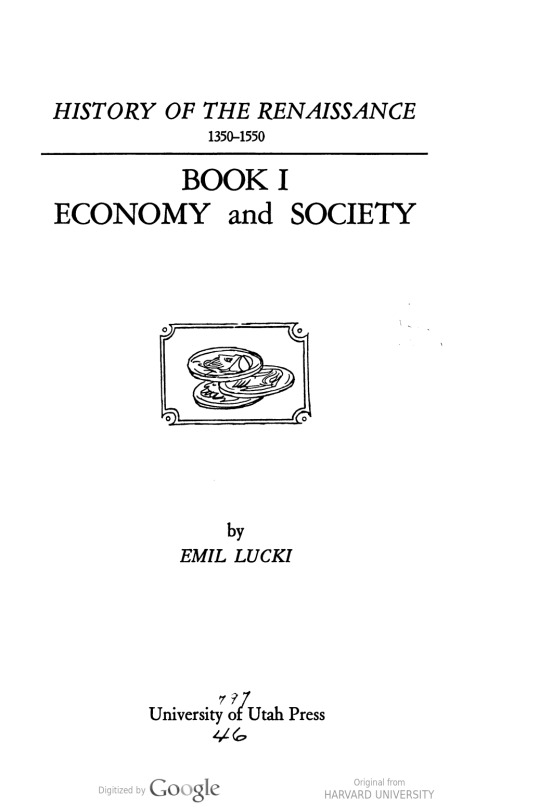#economic history
Note
If management finds a way to automate jobs during a strike, is that scabbing?
Peripherally.
The automation itself is more part of the general category of management strategies to restructure workflow and production methods in order to reduce the need for, and thus the power of, labor. This dates back to the origins of Taylorism itself in the 1890s as an effort to “steal the brains from underneath the cap of labor” and through to the emergence of Human Relations and Industrial Psychology in the early 20th century as a means to better control workers. So I think you could see in as essentially equivalent to classic speed-up and stretch-out efforts to maintain production at as low a cost as possible during a strike, and thus break the union.

However, the dirty truth of automation is that there is no clean way to fully substitute machinery for labor. Due to the inherent limitations of technology at any stage of development, you need labor to repair and maintain and monitor automated systems, you need labor to install and operate the machines, you need labor to design and program and manufacture the machines. (This is one reason why the job-killing predictions around automation often fall flat, because the supposedly superior new technology often requires a significant increase in human labor to service the new technology when it breaks. For example, this is why automation in fast food has proven to be so difficult and partial than expected: it turns out that self-checkout machines are actually very expensive to operate in terms of skilled manpower.) And to the extent that a given automation contract or project is being undertaken during a strike in order to break that strike, that’s absolutely scabbing.
#labor#labor history#trade unions#unions#strikes#automation#Taylorism#political economy#economic history#scabbing#labor studies
131 notes
·
View notes
Text
Western Cyberpunk and Techno-Orientalism

Okay, let me speak about something that apparently was not well known to a lot of people, given I got some comments on it on my "History of Cyberpunk" story.
There is a reason for Western Cyberpunk being so heavily clad in the aesthetic of Japan. I chose the Blade Runner graphic above, because it shows it so very well. With a Japanese Geisha aesthetic in the ads we see in the world. But even in those early books that came to influence the genre so much, we can see it. With people working for Japanese companies. With Japanese companies as the antagonists. And of course our individualistic punky protagonists might get called "Street Samurai" and "Code Ninja". And no, the reason was in fact not: "Japan is so hecking cool and they got all the technology." Because, as you might notice: The antagonists tend to be connected to Japanese Megacons.
The background to this is the economic boom of post-war Japan. Originally as the second world war ended, the US saw an opportunity to use Japan as a country that would produce all sorts of parts, that then could be used for American productions. And, compared to Germany, the US was also a lot more "hands off" with Japan for several reasons. But, yeah. Japan was supposed to be a supplier mostly of electronic parts for the US.
But from the US' point of view it worked a bit too well. Because Japan became really, really good with the electronics stuff. So good in fact that instead of producting part for the US, they soon started to produce their own electronic products that got sold internationally then. Leading to a boom of the Japanese economy.
And this economic boom was so big, that Japan soon enough began investing into the ecnomy outside of Japan. Aka: Japan bought shares in Western companies - at times even the majority share.
One of the to me most speaking details is, that at a time the Rockefeller center was owned by a Japanese company. And with the US economy at times struggling at the time (after the initial post-war boom was over9, while Japan's economy was constantly rising, it seemed.
And Japan was obviously "other". It was not Western culture. This idea of collectivism that very much defined Japanese economy of the time was in direct opposition to the hyper-individualistic ideal of the USA.
And hence there was a constant anxiety that Japan would just... take over the USA/the west. Which then for Cyberpunk translated into this idea that there were Japanese companies everywhere and Japanese company structures being mirrored as well. With people talking to each other with honorifics and what not.
But of course there is also the fact that this is not just the fear of being taken over by the "evil" collectivist Japanese, but also a very superficial understanding of Japanese culture as a vaguely defined "other". Which is what makes this entire thing kinda iffy. Because it just turns this thing into a very iffy trope.
Ironically, of course, people just kept it also unquestioning in the genre, even though that the fear - after the 90s brought the economic collaps in Japan - does no longer seem realistic.
But, yeah... I know that a lot of fans of the genre, who were predisposed to anime and the (still orientalist) idea of how cool Japan is and never saw all the Japanese stuff in Cyberpunk and were like "Wow, this is awesome!" But... when the genre was created, it was actually part of the dystopia.

70 notes
·
View notes
Text

"White Burgers, Black Cash comes crashing through everything you thought you knew about fast food to land as the definitive history of how this industry has become so entrenched in Black communities. Built on a staggering body of evidence, this riveting and accessible exploration of fast food’s troubled racial transformation is necessary reading for anyone concerned about inequitable food environments. A masterpiece."
#uwlibraries#history books#african american history#history of food#economic history#american history
73 notes
·
View notes
Text
Compared to ecologically and topographically similar regions of Europe or east Asia, the northeastern United States is unusually heavily forested. One might think "well, yeah, the U.S. hasn't been settled by agriculturalists for as long and is less densely populated, obviously there's going to be less percent land cleared for farms," but this is not so! Everywhere in the northeast, our forests rise from what were once old fields. In 1860, for instance, Maine was only 60% forested by land area. Today, that proportion is closer to 90%.
We owe our current landscape to two great waves (and several smaller ones) of farm abandonment. The first happened in the decades after the Civil War, when for various reasons* northeasterners (mostly from New England) packed up their pitchforks and decamped to the midwest. This had been going on before the war too, of course, but up until then it had not been in numbers enough that the northeastern farms stopped being worked. There was always a son or two left to till up more stones from the Vermont field. But that changed after the war, and the fields started to revert to oak and maple and pine. Indeed, much of the early formal scientific study of American forestry and ecology happened in these old Yankee fields and young Yankee forests, by outdoorsy young men from Harvard with names like a Lovecraft protagonist.
The second great wave was in the Great Depression and World War 2, when for various reasons** people from all the rougher sorts of terrain the east has to offer - from West Virginia to Indiana's Brown County to the Ozarks and back to the Catskills - left their farms to come down and seek work in the then-thriving industrial cities. Much of the hilly landscape of the east that had previously been dotted with small subsistence farms, full of exactly the barefoot gap-toothed hillbillies who captured the imagination of urban popular culture with their exotic poverty and folkways when they suddenly appeared in Cleveland, or wherever, in 1933.
These pulses of farm abandonment have left very specific patterns written in the ecologies of the northeast. For instance, the fact that the poor ridgetop farms that were once extremely common in Southern Ohio and Indiana were nearly all abandoned in the 1930s and '40s means that the forests that now grow there are uniformly approaching their first century (excepting, of course, where there's been logging in the meantime.) This is almost exactly long enough for the process of ecological succession to complete itself, and the forests to move into their mature phase.
And so you read books written in the '50s, '60s, or '70s about these areas, and you notice how common early successional species are, everywhere chokecherry and black birch. Whereas today the only evidence you may see of the forest's relative youthfulness is a few very large bigtooth aspens nearing the end of their lives, surrounded by tulip poplars and chestnut oaks that will endure for many years after all the aspens are dead.
*Young men returning from war with a restlessness and a desire to leave home again; those same young men posted far from home during the war and realizing just how awful the New England soil is, lmao; Republican government policy writtrn explicitly to favor small homesteaders heading west; the late 19thc. crash in agricultural prices (as, in a few short decades, the Great Plains, the Australian wheat belt, parts of the Kazakh and Siberian steppes, the plains of South Africa, and the Argentine pampas were all put under the plow for the first time, and during an era of global free trade) making many small farms entirely unsustainable.
**Years of erosion on fields carelessly laid out on steep terrain; the Great Depression making running a small farm, ah, difficult; economic modernisation making staying as a subsistence farmer a damn foolish thing to do; new roads and automobiles making fleeing to the city easier than ever; and the TVA and other federal land grabs displacing hundreds of thousands of people.
#Slightly scattershot post but that's why it's on tumblr and not somewhere more seruous#american history#Ecological history#economic history
107 notes
·
View notes
Link
116 notes
·
View notes
Text
"It is not only the plausibility of the mechanism of decline that gives strength to Bavel’s thesis; it is also that he lists the manifestation of the decline, observable in all six cases. Financial investments yield much more than investments in the real sector, the economy begins to resemble a casino, the political power of the financiers becomes enormous. The richest among the financiers either directly or indirectly enter politics, they become patrons of arts, sponsors of sports and education, and we witness simultaneously (1) oligarchic politics, (2) slower growth and lower level of real investments, (3) higher inequality, (4) domination of finance and (5) artistic efflorescence. What the ancient writers describe as “decadence” clearly sets it, but, as Bavel is at pains to note, it is not caused by moral defects of the ruling class but by the type of economy that is being created. Extravagant bidding for assets whose quantity is fixed (land and art) is a further manifestation of such an economy: the bidding for fixed assets reflects lack of alternative profitable investments as well as the expectation that, as inequality increases, there would be some even crazier and richer investors who would pay even more for a work of art, thus enabling the realization of a capital gain."
Branko Milanovic, Review of Bas van Bavel’s “The Invisible Hand?”
https://branko2f7.substack.com/p/a-theory-of-the-rise-and-fall-of
60 notes
·
View notes
Text
Napoleon talks about the changes in the sugar and indigo industry
“Arts and manufactures,” said he [Napoleon] “are its legitimate province, and it is destined to make as great a revolution in the affairs of the world as that already accomplished by the magnet. Before the discoveries of Vasco de Gama pastel was a valuable blue dye, and in France produced a considerable revenue to the State: it was supplanted by indigo, which at that period was found to be a better dye. Chemistry has restored the use of the European product, which is now prepared in France of a much better quality and lower price than the very best foreign indigo. Sugar is also now manufactured in France as good and as cheap from beet root (both red and white) as the best foreign sugar from the cane, and in 1814 a sufficiency was produced in France for the consumption of France.”
Observing an involuntary smile on my countenance he added: “I know that the idea has been ridiculed in England, and even in France it is but little understood or acknowledged: they fancy that the French sugar which they purchase is really imported from the West Indies, but I had the means of knowing the fact, and I also know that even in flavor they are not distinguishable from each other—latterly I made use of no other.” I endeavoured to apologize for my smile by observing that “if they were still incredulous even in France, it was not wonderful that I should have been equally uninformed.”
— Quotes by Napoleon in Colonel Wilks and Napoleon: Two Conversations held at St. Helena in 1816, pg. 24
#sugar beet#sugar#Colonel Wilks#napoleon#napoleonic era#napoleonic#napoleon bonaparte#first french empire#french empire#indigo#sugar cane#france#history#19th century#beet sugar#cane sugar#industrial revolution#economics#economic history#french history#pastel
13 notes
·
View notes
Photo
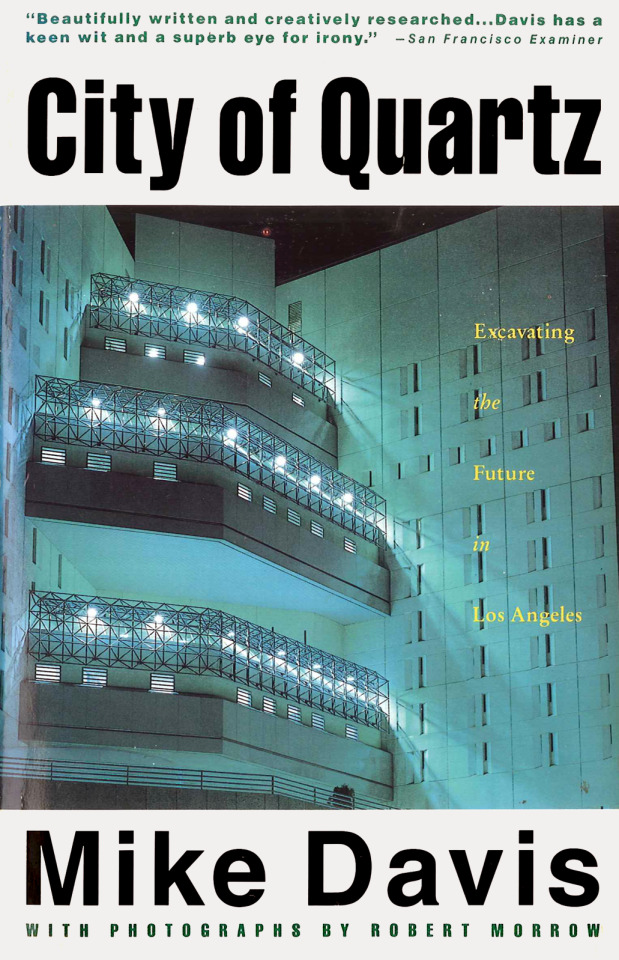
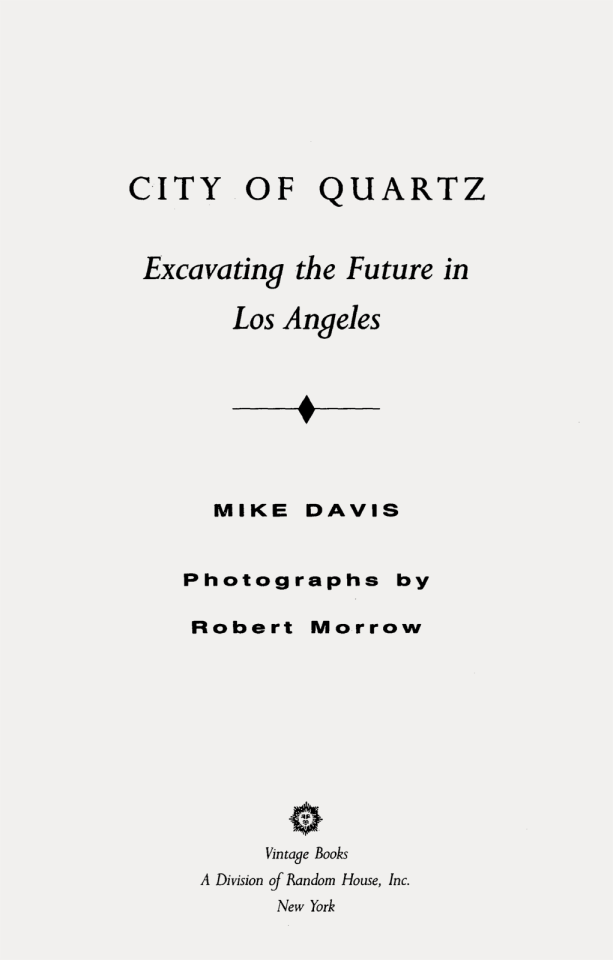
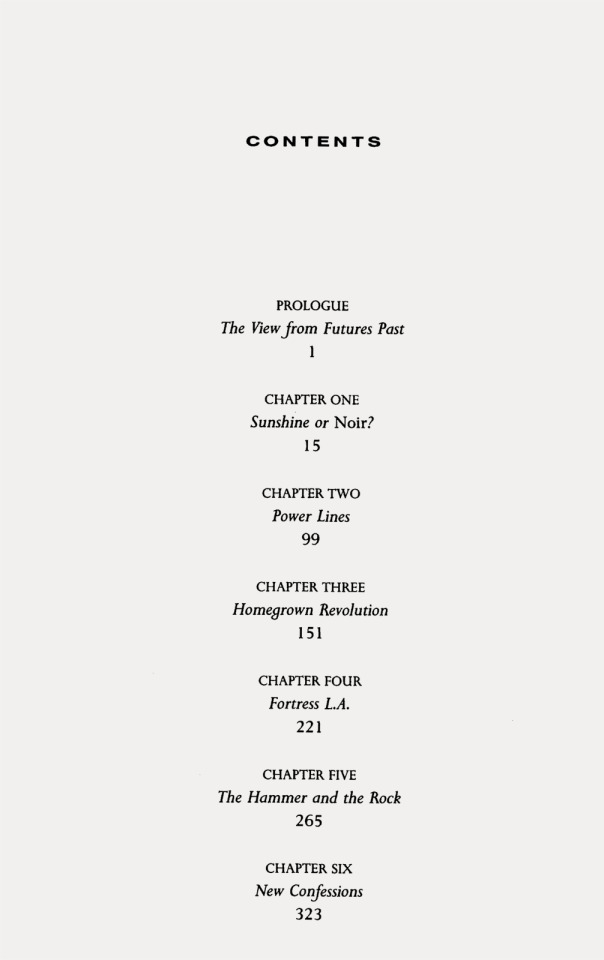


Mike Davis, (1990), City of Quartz. Excavating the Future in Los Angeles, Photographs by Robert Morrow, Vintage Books, New York, NY, 1992
#graphic design#sociology#urbanism#urban geography#history#historiography#economic history#book#mike davis#walter benjamin#robert merrow#vintage books#1990s
183 notes
·
View notes
Text
Historical Materialism Course
I've spent years reading and watching things about history. Eventually I decided to compile all the useful things I've watched into a course for history from a Marxist perspective. Of course I'm limited to what videos I can find, so not everything is covered as well as I'd like, and many videos are made by liberals or even reactionaries, who may make an important point in the video, but leave out important further context. That said, I feel like video documentaries are how a lot of younger people absorb history now, so we might as well compile resources that are actually good for them.
I've broken up the videos into a series of playlists covering various periods of history. It goes from the beginning of the universe to the beginning of the Cold War. (Cold War history from a socialist perspective is so complicated and full of misinformation that at that point you really just have to delve into the books and primary sources yourself. Summary videos won't suffice.)
#history#historical materialism#dialectical materialism#revolutionary history#class struggle#Marxist theory#Marxism#communism#socialism#capitalism#feudalism#economics#economic history#archaeology#anthropology#sociology#political science#political economy#Marx#Youtube#education#dialectics#complexity theory#complex systems#Bronze Age#Iron Age#Stone Age#colonialism#imperialism#settler-colonialism
24 notes
·
View notes
Text
Looking at the fluctuating of the French franc in 1925-1926.
1 £ = 240FR on Dec 1925.
1£ = 124FR on Dec 1926.
POV you're in France in the mid1920, and in a year prices are cut in half. Now you're voting Poincaré forever and ever and fuck the Cartel des Gauches.
3 notes
·
View notes
Text
From student to faculty member, in one folder: What the “Really Old Stuff” reveals about Gary Becker’s early studies and career
Projects Archivist, Weckea Lilly, reflects on the implications of a single folder found while processing the papers of economist and Nobel Prize winner, Gary Becker.

One slightly overstuffed folder in the Becker papers labeled “Really Old Stuff” was extracted from the collection for closer inspection during processing activities last week. Opening the folder and examining its contents, I discovered a series of equations (theorems) and proofs, course notes, a section of an article ripped from an academic journal, short theoretical or response papers, charts and tables, data sheets, correspondence written to Milton Freeman (from Robert Solow, another from someone at the National Bureau of Economic Research, and someone named Phil), and a partial autobiographical sketch.
The material is dated from 1951 to 1955 which include the culminating years of Becker’s graduation from Princeton University with a bachelors in mathematics and the year he finished doctoral studies at the University of Chicago in economics. The inscriptions and penmanship here are that of a seemingly younger, eager scholar (compared to the handwritten documents in other portions of the collection, dated much later in his career).
Much of the work contained here is, by and large, Becker’s toil in mathematical economics. It seems that he was already interested in and influenced by the ideas that analyses in economics could be applied to everyday issues and concerns. This folder also reflects his time with Milton Friedman. In Becker’s essay on Milton Friedman, he wrote, “I had taken several graduate courses in economics and mathematics while an undergraduate at Princeton, and I was preparing two articles for publication when I entered Chicago.” An early version of one of those papers is housed in this folder under the title “On the classical monetary and interest theory.”
Becker also wrote, “When I became an assistant professor in the department in 1954, I spent half my time assisting Friedman in running the [Money and Banking] Workshop. So I was closely involved with it during the early days.” Working so closely together there must have resulted in some mixing and sharing of files and communications that may not have been returned to its original owner.

14 notes
·
View notes
Note
It’s often said that poor people in developed countries are wealthier than medieval kings, but is that really true? Yes, they may not have had smartphones, or flat screen TVs, but they also would never need to worry about having things like food, or clothing, or shelter. If they got sick, the royal physician was a call away (figuratively speaking). Depending on the time and place, they might live in an armed compound and have armed men at hand wherever they went. How much of this is true for the poor today?
This comes down to a dispute over how one measures material standards of living - which, to the contrary of what economists sometimes tell the public, are wildly divergent estimates that depend heavily on weighting and the estimates that economists use to arrive at a sense of "purchasing power" and far from an exact science.
Notoriously, standard definitions tend to overvalue material possesions because they're easier to quantify, and undervalue services because they tend to be more qualitative and subjective in their value.

This is particularly difficult for medieval kings, because a lot of their wealth was in services - namely, servants. These servants served the same functions that a lot of our "labor-saving devices" and other consumer durables. If a king needed warming up, they didn't turn up the heating, the servants started a fire or put a warming pan between the sheets or dressed them in warm furs. If a king needed cooling down, servants would fan them or bring them chilled drinks. If a king wanted food, they didn't call Doordash, they just snapped their fingers and food was brought to them from the kitchens, and the cleaning-up was done by scullions and the king probably never knew it happened.
(Similarly, medieval living standards are hard to quantify because many people weren't in the market, but were largely economically self-sufficient. This is especially true for lords and kings who had hundreds if not thousands of peasants doing free labor for them to produce goods that they didn't have to pay money for.)
That sort of stuff is very hard to quantify, and yet it was a huge part of living standards in most of the world until around the 1920s.
86 notes
·
View notes
Text
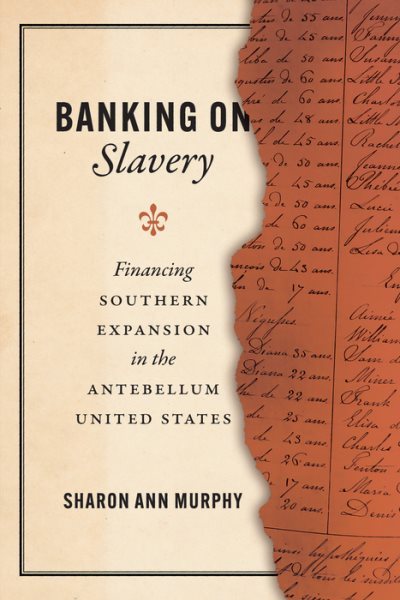
"In a pathbreaking account of the way Americans financed slavery, Murphy connects the vast sweep of that tragedy to the banking that made it possible. Detail by dollar detail, she exposes the structures that transmuted enslaved people into assets and collateral, building white wealth all the while. A powerful--and chilling--book."
60 notes
·
View notes
Text

Mike Luckovich
* * * *
LETTERS FROM AN AMERICAN
October 26, 2023
HEATHER COX RICHARDSON
OCT 27, 2023
Today, data from the Commerce Department showed that the U.S. economy grew at an astonishing rate of 4.9% in the third quarter, and we learned that in Lewiston, Maine, a single shooter killed at least 18 people—more people than died by gun homicide in Maine in the whole of 2021—and injured at least 13 others.
These two things are the results of two dramatically different worldviews.
President Joe Biden, Vice President Kamala Harris, Treasury Secretary Janet Yellen, and the administration’s other economic advisors have resurrected the idea that the government can promote economic growth by regulating businesses, protecting workers, and investing in ordinary Americans.
That theory reaches back to the liberal consensus of the years from 1933 to 1981, when members of both parties believed that the intricacies of the modern economy required the federal government to keep the playing field level so that a few people could not monopolize resources and power, cutting others out. In those years, Americans used the government to regulate business, provide a basic social safety net, promote infrastructure, and protect civil rights. The system created what economists call the “great compression.” Wealth and income distribution became much more even, and economic inequality fell dramatically. The economy boomed.
The modern-day Republican Party grew out of a rejection of that idea. In the 1950s and 1960s, a faction insisted that such government action was a form of socialism that stopped the economy from responding efficiently to market forces. Individual entrepreneurs should invest their money without government interference, they argued, and their investments would dramatically expand the economy. Putting money at the “supply side” rather than the “demand side” would allow everyone to prosper together, they promised: a rising tide would lift all boats. They vowed to cut taxes and regulations and to restore American individualism.
Those same people championed the image of the American cowboy as the symbol of the country: a man who wanted nothing from the government but to be left alone to work hard and prosper, and who protected himself and his family—if he had one—with a gun.
That image was always a myth, but it was an attractive one to white voters who had come to resent the government’s protection of civil rights, those voters who listened to politicians who assured them that the government’s actions were simply a way to direct tax dollars into the pockets of undeserving minorities.
The political image of cowboy individualism played into the hands of the National Rifle Association, which had organized in 1871 in New York in part to improve the marksmanship skills of American citizens who might be called on to fight in another war, and in part to promote in America the British sport of elite shooting, complete with quite hefty cash prizes in newly organized tournaments.
By 1920, rifle shooting was a popular American sport, and the NRA worked hard to keep it respectable. In the 1930s the NRA backed federal legislation to limit concealed weapons; prevent possession by criminals, the mentally ill, and children; require all dealers to be licensed, and require background checks before delivery. The NRA backed the 1934 National Firearms Act and parts of the 1968 Gun Control Act, designed to stop what seemed to be America’s hurtle toward violence in that turbulent decade.
But in the 1970s, a faction in the NRA forced the organization away from sports and toward opposing “gun control.” The NRA formed a political action committee (PAC) in 1975, and in 1980, for the first time, it endorsed a presidential candidate: Republican Ronald Reagan. When Reagan was elected, the NRA became a player in national politics and was awash in money from gun and ammunition manufacturers.
By 2000 the NRA was one of the three most powerful lobbies in Washington. In 2004 the federal assault weapons ban expired, and gun companies began to sell AR-15–style semiautomatic rifles (the AR stands for “ArmaLite Rifle,” which was the name of the military weapon on which the mass-market AR-15 is based). Gun sales had been flat for years, but gun and ammunition sales took off during the administration of Democratic president Barack Obama as advocates told customers that he would confiscate their guns.
Firearms companies played on the politics of the era, advertising their products as tools for heroic figures taking on dangerous threats in society. The firearms industry estimates that about 20 million AR-15s have been sold in the U.S., and mass shootings took off as individual rights trumped the rights of the community.
The NRA spent more than $204 million on the 2008 election. In 2016, NRA spending surged to more than $419 million, with more than $30 million going to support Trump. Since 2020, lawsuits and a dramatic dropoff in funding have dramatically weakened the NRA, but the image of the gun-toting individualist has become so central to the Republican Party that congress members have taken to sending holiday cards showing their families brandishing assault rifles and to wearing AR-15 lapel pins on the floor of Congress.
But now, as the nation reels from another mass shooting, there is yet more proof that Republican economic individualism from which the gun obsession developed doesn’t work as well as the idea of using the government to support the American people. Growth under the Trump administration before the Covid-19 pandemic hit was 2.5%. Trump promised he would get it to 3%, which he claimed was an astonishing rate.
Despite the dire warnings that the economic policies of the Biden administration would cause a terrible recession, Biden and Harris rejected supply-side policies and stood firm on the traditional idea that trying to hold the economic playing field level and investing in workers and infrastructure would nurture the economy. The economy has responded exactly as they predicted, giving the U.S. strong growth for the past five quarters.
Manufacturing has taken off, and the rate of job growth is historic. At the same time, new bargaining power has helped workers make dramatic gains: yesterday the United Auto Workers union and Ford reached a tentative agreement that includes a 25% wage increase over the next 4.5 years, along with cost-of-living adjustments that will bring the increases up to 33%. The union still has to ratify the agreement, but the UAW has called off the strike at Ford plants, suggesting it has faith the union will agree.
A worldview that requires the government to work for the people, rather than handing power to individuals to impose their will on the majority, supports the idea of gun safety laws. Such laws are very popular: in April 2023 a Fox News poll showed that at least 80% of Americans want criminal background checks on gun buyers, better enforcement of existing gun laws, a 21-year age requirement for gun purchases, and mental health checks on gun buyers. Seventy-seven percent wanted a 30-day waiting period to buy a gun; 61% wanted to ban assault rifles and semiautomatic weapons.
Those eager to dismantle the government have stood in the way of such measures, but the heartbreaking news out of Maine has changed at least one lawmaker’s stand. Representative Jared Golden (D-ME), who represents Maine’s conservative second district, which includes Lewiston, today apologized for his previous opposition to gun safety laws.
“The time has now come for me to take responsibility for this failure, which is why I now call on the United States Congress to ban assault rifles like the one used by this sick perpetrator of this mass killing," Golden said. "To the families who lost loved ones and to those who have been harmed, I ask forgiveness and support as I seek to put an end to these terrible shootings.”
Maine governor Janet Mills has personal ties to Lewiston, where she worked, met her late husband, and sent their daughters to school. “Lewiston is a special place,” she wrote today. “It is a closeknit community with a long history of hard work, of persistence, of faith, of opening its big heart to people everywhere.
“I love this place, just as I love our whole state with my entire heart. I am so deeply saddened. This city did not deserve this terrible assault on its citizens, on its peace of mind, on its sense of security. No city does. No state. No people.”
—
LETTERS FROM AN AMERICAN
HEATHER COX RICHARDSON
#Mike Luckovich#Heather Cox Richardson#Letters From An American#Lewiston#gun violence#history#American History#economic history#US House of Representatives
6 notes
·
View notes
Text

How does money evolve? What does explain the timing, location, and form of a monetary innovation and a new monetary institution? Dror Goldberg discovers why a small, Puritan colonial society in the 1690s invented modern currency & a monetary committee
5 notes
·
View notes

